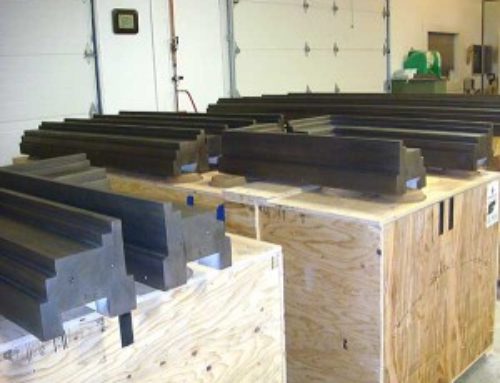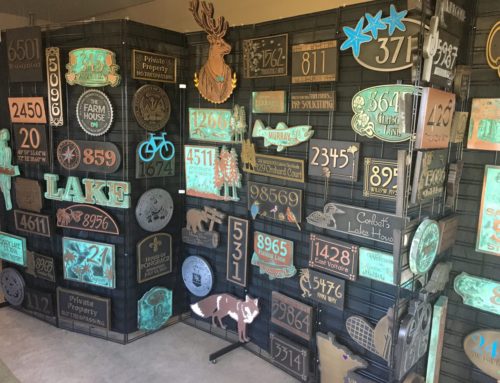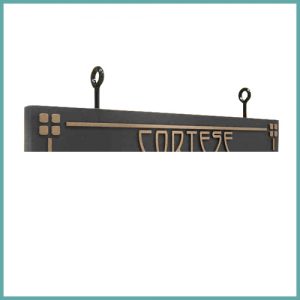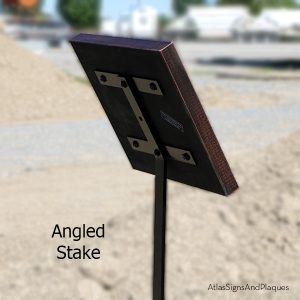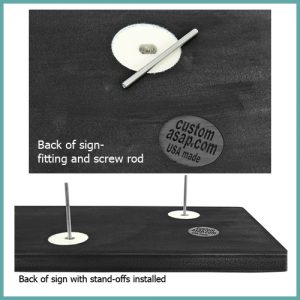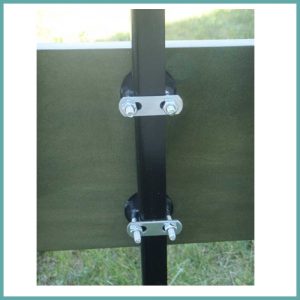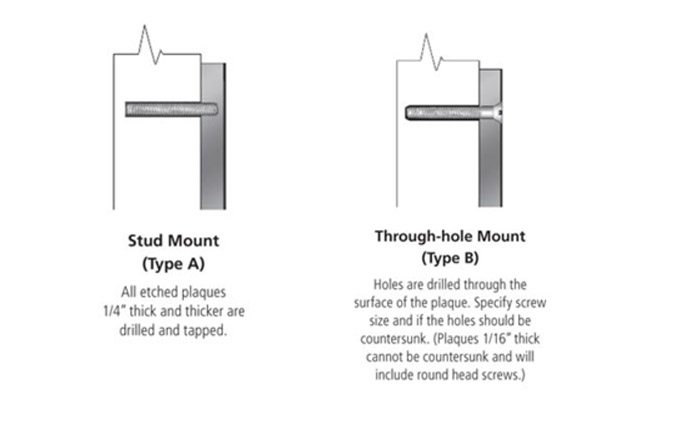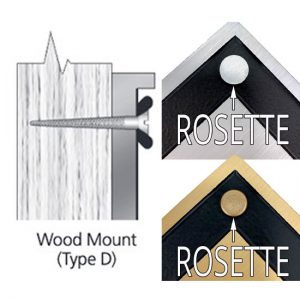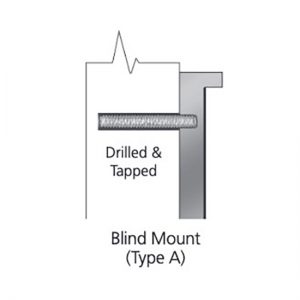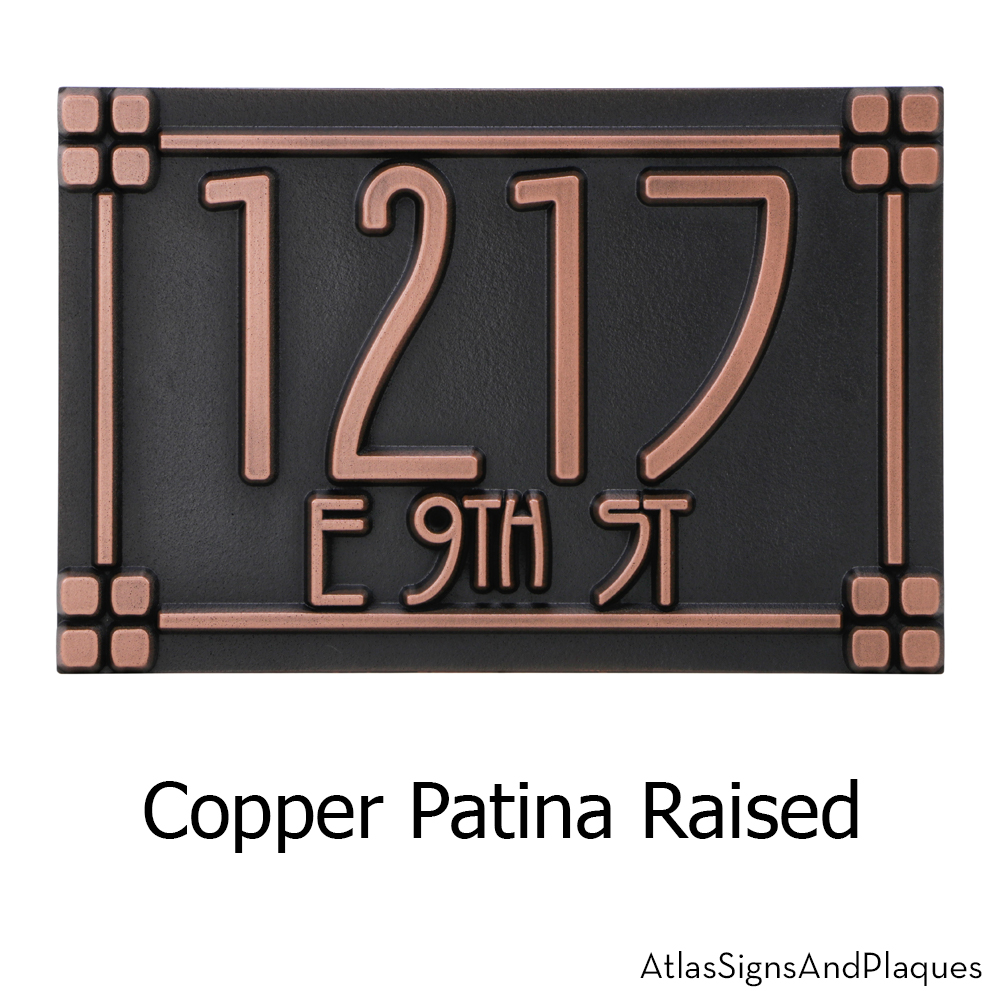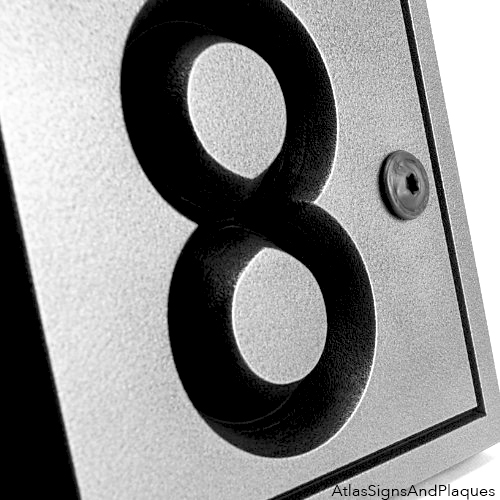How We Do It
We look forward to the way metal ages over time, but waiting years for this weathering process is not always the most practical way to enjoy the coloration changes. Patination is the art of applying coloration to metals. It can be done to add a sense of mood and drama to an object, to enhance and highlight detail or to accelerate the aging process. The patinator can utilize compounds to hasten the natural process or can add other patina colors such as blue, red, or black.
Artists have been using patina since, least the 1800s. Sculptor, Auguste Rodin used patinas on many of his bronze pieces. Likewise American Western Artist Frederick Remington, used patinas on his 22 famous statues depicting Cowboy and Western American life.
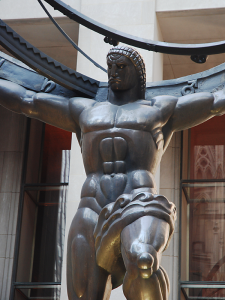
Atlas with the Weight of the World
In addition to the naturally occurring browns and greens, other patina colors can be introduced by the artist for a striking effect. See an example of a colorful patina finish by renowned artist and sculptor, Gerald Sawyer. This sculpture and some of his other works reside in Fort Atkinson WI.
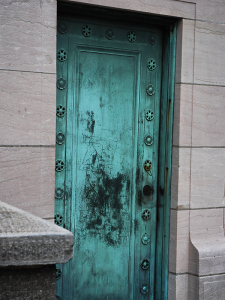
Columbus Circle Green Verdi Patina
At Atlas Signs and Plaques we primarily apply patinas to add the interest of shading that would be acquired with some measure of time. While a shiny new penny may a fun thing to receive, it is rather too coppery and of such a monotone color that the detail gets lost in the evenness of the luster. Contrast that new penny with one that has been in circulation for years and you will notice that the high spots have been polished or rubbed shiny from use, and the low relief areas remain darker. Overall, a much nicer presentation that allows you to see greater detail.
Check out How We Patina Part 1 here.




